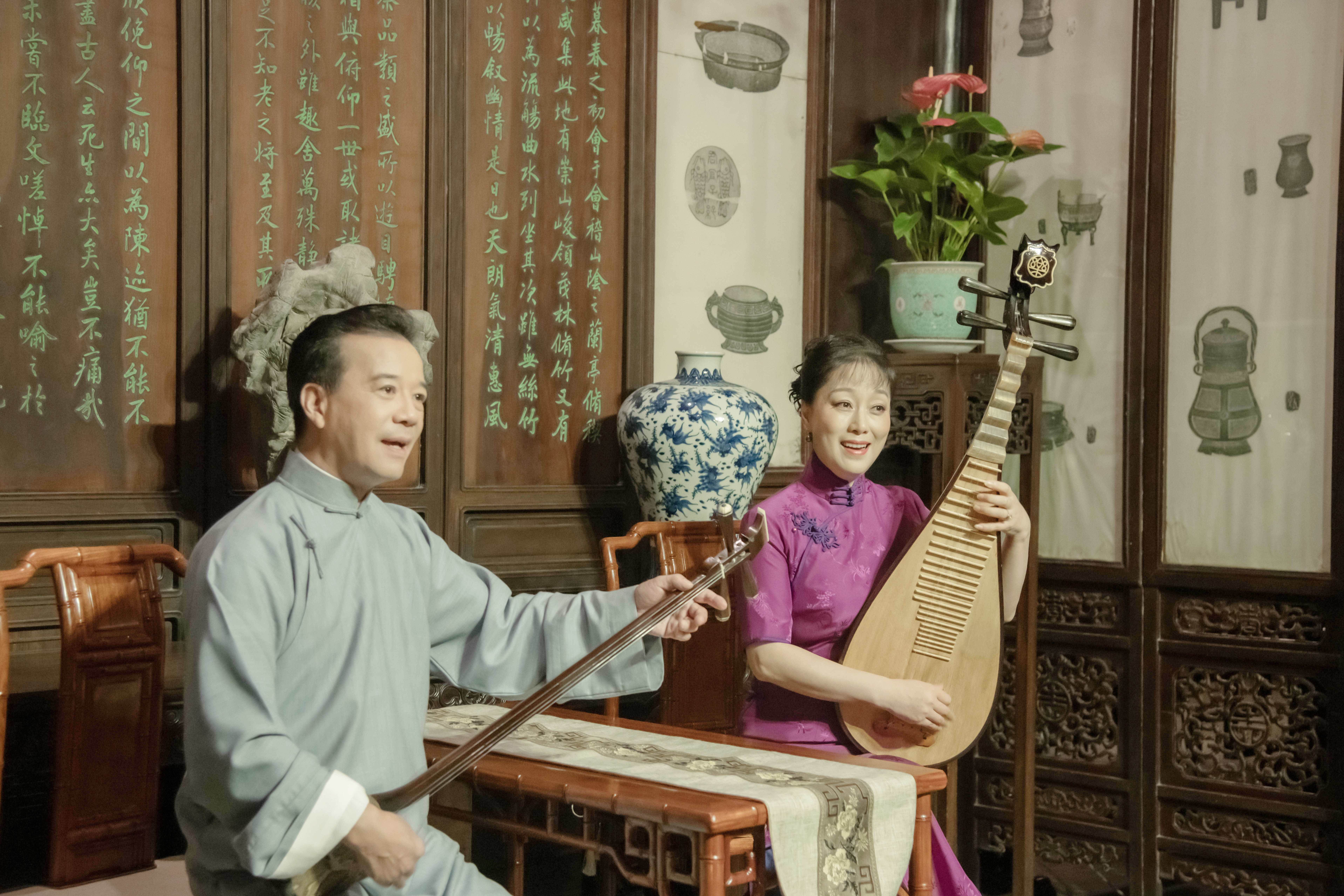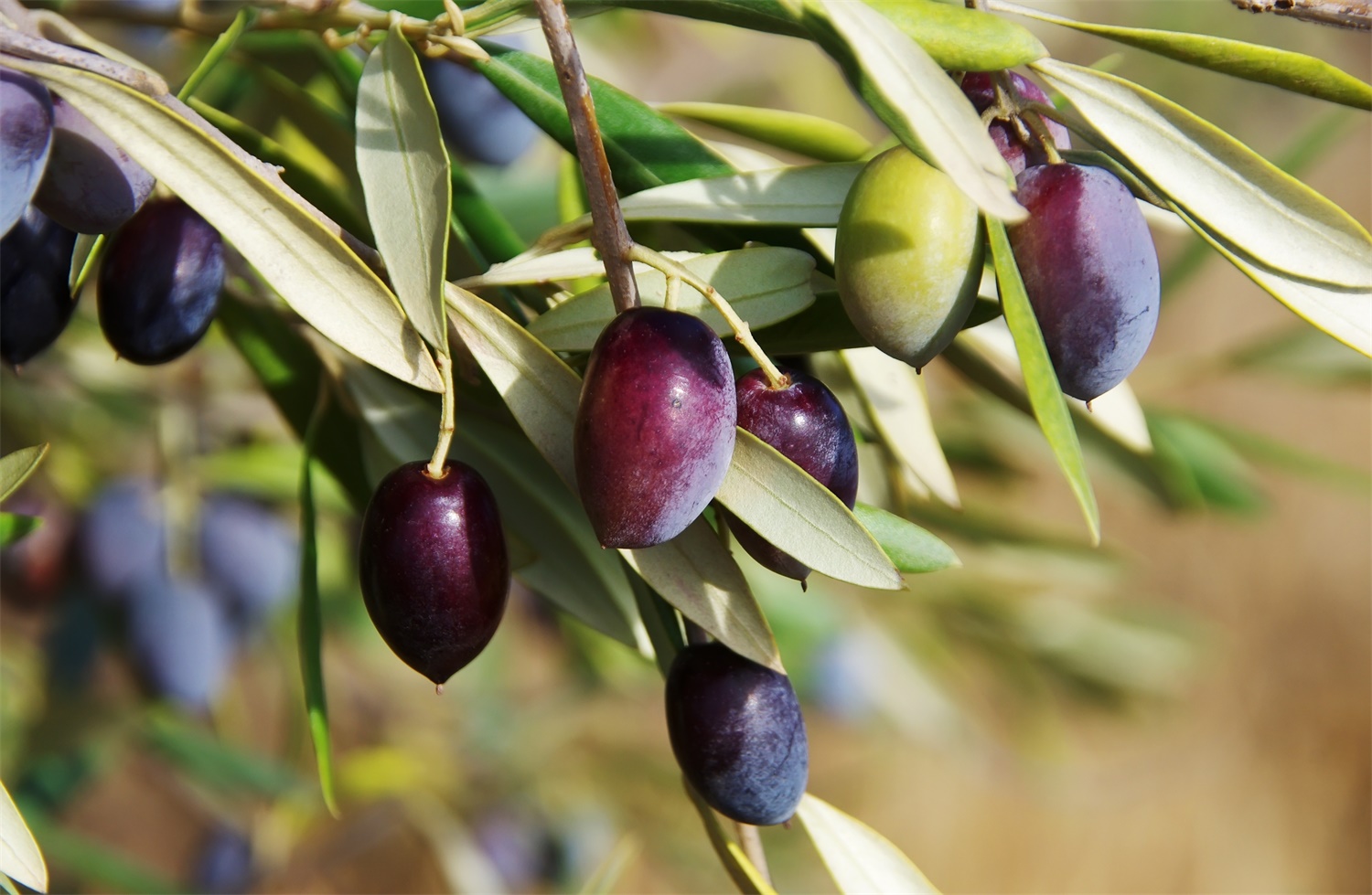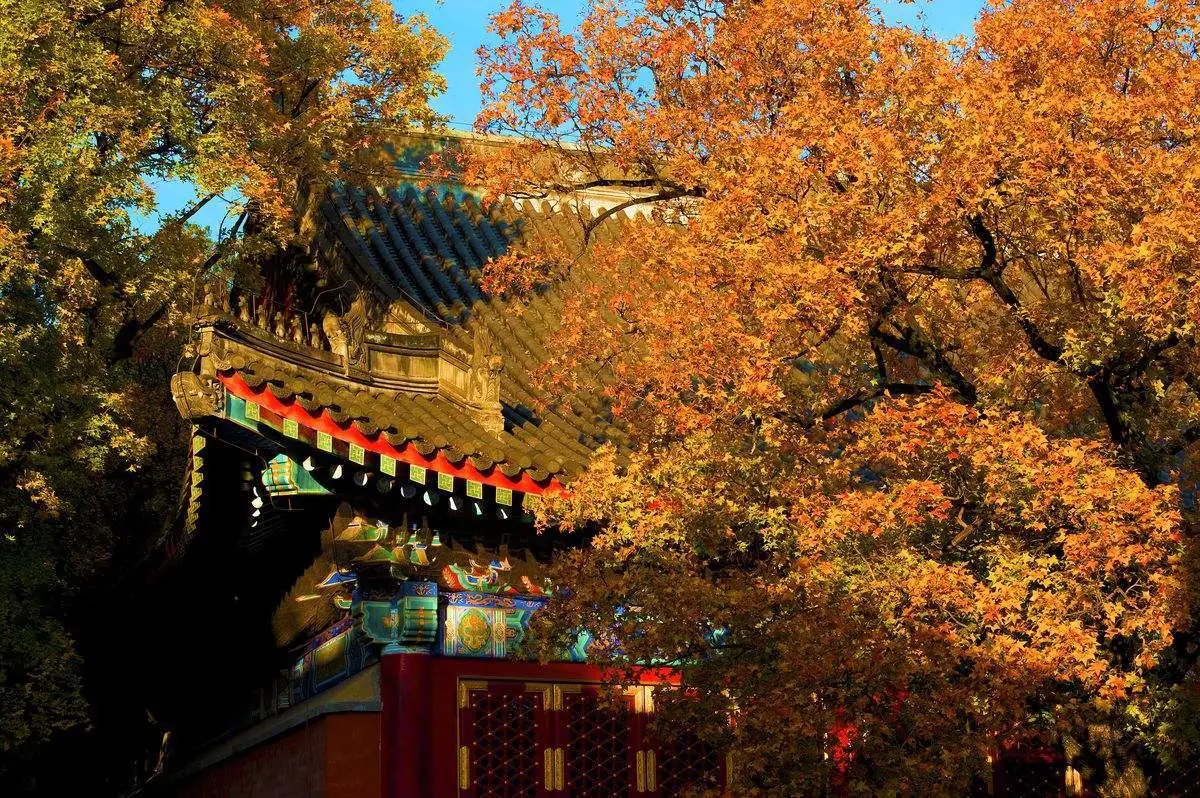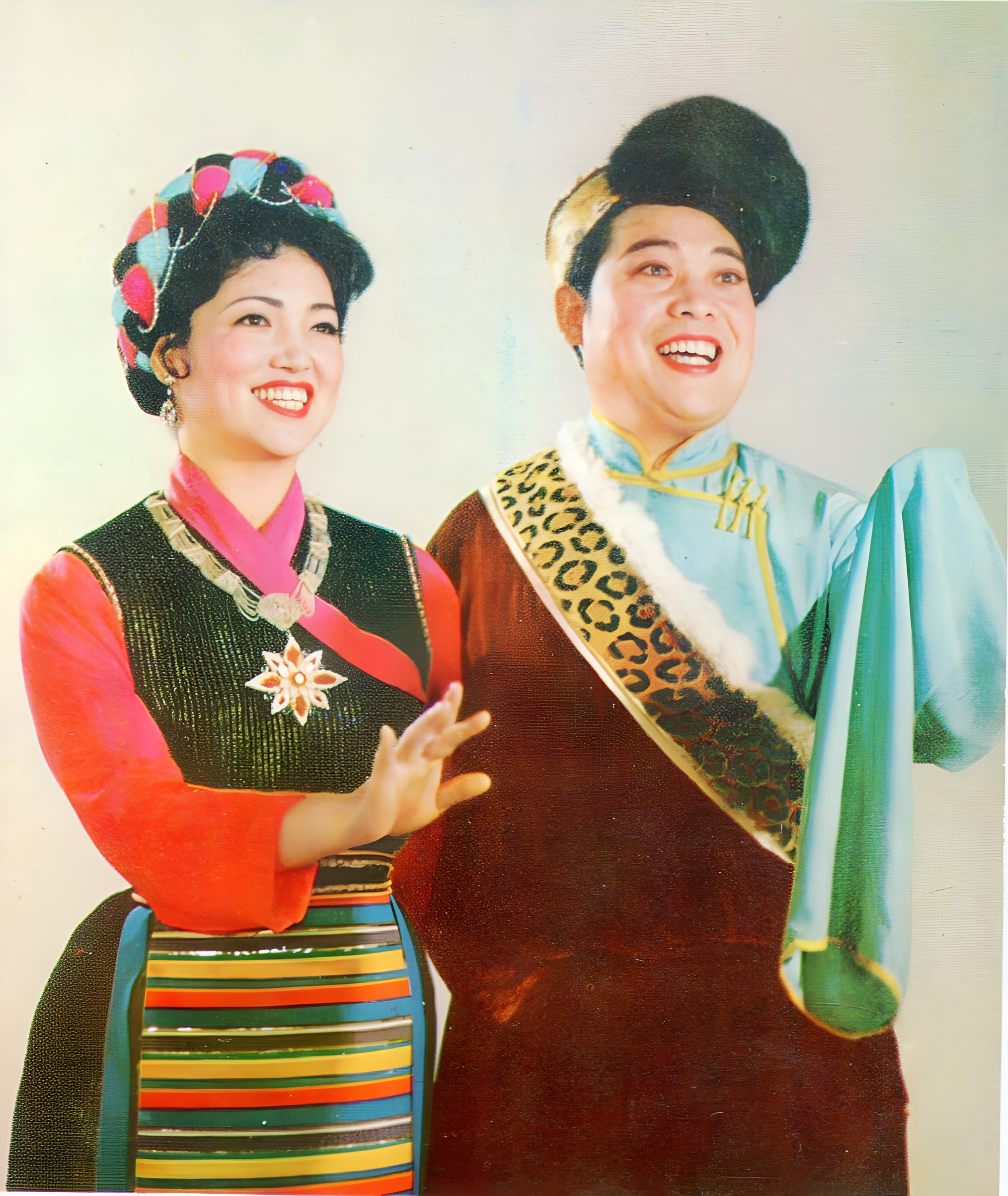 Deutschland
Deutschland

AIDA Cruises ist eine vorwiegend auf den deutschsprachigen Markt ausgerichtete Kreuzfahrtmarke der AIDA Cruises – German Branch of Costa Crociere S.p.A. und damit die Rostocker Zweigniederlassung von Costa Crociere aus Italien.
Eigentümer der Schiffe ist Costa Crociere, das Südeuropa-Tochterunternehmen der Carnival Corporation & plc mit Sitz in Genua. Für den Betrieb der unter italienischer Flagge fahrenden Flotte der Marken „Aida Cruises“, „Costa Crociere“ und „Costa Asia“ ist die im Februar 2015 gegründete Carnival Maritime GmbH in Hamburg verantwortlich.[1]
Als Logo dient ein „Kussmund“ mit Schriftzug AIDA aus Buchstaben in vier verschiedenen Farben, nach einem Entwurf des Grafikers Feliks Büttner aus dem Jahr 1996. Der Kussmund ziert zusammen mit aus dem Ägyptischen inspirierten Augen jeden Bug der Schiffe der Reederei. Nach Konzernangaben ist die Marke in Deutschland Marktführer.

上有呀天堂 下呀有苏杭
城里有园林 城外有水乡
哎呀 苏州好风光 好呀好风光 哎呀哎呀
春季里杏花开 雨中采茶忙
夏日里荷花塘 琵琶丁冬响
摇起小船 轻弹柔唱 桥洞里面看月亮
桥洞里面看月亮 哎呀哎呀
秋天里桂花香 庭院书声朗
冬季里腊梅放 太湖连长江
推开门窗 青山绿水 巧手绣出新天堂
巧手绣出新天堂 哎呀哎呀
上有呀天堂 下呀有苏杭
古韵今风 天下美名扬 哎呀
说不尽苏州好呀好风光
哎呀哎呀
哎哎呀 说不尽苏州好呀好风光
哎呀哎呀 说不尽苏州好呀好风光

起源
苏州评话源于宋代说话伎艺。清代剧作家李玉的《清忠谱》第2折《书闹》中,描述了明末清初苏州说书中演说《岳传》的情景,有表,有白,有类似赋赞的韵文,和苏州评话相同。明末清初的著名评话艺人柳敬亭,曾在苏州及其附近一带说书,与苏州评话有密切的渊源关系。清代中叶,苏州评话进入鼎盛时期,成立了苏州评弹最早的行会组织光裕社。在咸丰、同治年间,出现了说《水浒》的姚士章等评话名家。
“弹词”一词,始见于明嘉靖二十六年(1547年)田汝成《西湖游览志余》,其中记载杭州八月观潮:“其时优人百戏,击球、关扑、渔鼓、弹词,声音鼎沸。”陈汝衡《弹词溯源和它的艺术形式》(1983年)一文认为是“远出陶真,近源词话”。关于“陶真”,《西湖游览志余》记:“杭州男女瞽者,多学琵琶唱古今小说、平话,以觅衣食,谓之陶真。”叶德均《宋元明讲唱文学》(1952年)考证:“陶真和弹词同是用七言诗赞的讲唱文学,两者只有名称差异。”他认为,“就历史的发展说,元明的陶真是弹词的前身,而明清的弹词又是陶真的绵延,两者发展的历史是分不开的”。
兴盛
清代初年,随着苏州城市经济的繁荣,弹词在苏州已经盛行。康熙末年定居于苏州的浙江吴兴人董说在他的《西游补》小说中,就描写了盲女弹词使用苏州方言演出的情况。至乾隆年间,关于苏州弹词形成的记载日益增多。知名的代表人物有外号“紫癞痢”的王周士。王周士擅唱《游龙传》,吸收昆曲、吴歌的声腔,滩簧的表演,以单档起“十门角色”而闻名。当时的史学家赵翼在《瓯北诗钞·赠说书紫癞痢》中对其说书的“噱”、“说”、“弹”、“唱”因素都作了评价:“恃滑稽一尺口”,“但闻喷饭轰满堂”;“妙拨丝擅说书”,“自演俚词弹脱手”;“优孟能会故相生”,“绝技俳优侍至尊”。乾隆四十一年(1776年),王周士于苏州宫巷第一天门创立包括评话艺人在内的行会组织光裕公所,以示评弹艺术“光前裕后”之意。他从正反两方面总结自己说书艺术经验的《书品》和《书忌》,被后来的弹词艺人奉为说书的信条。
嘉庆时(1796--1820年),苏州弹词迅速发展,此时刻印传世的书目有《三笑》《倭袍》《义妖传》《双金锭》等;知名的弹词艺人增多,弹词发展史上的“前四名家”(具体说法不一)即于此时出现。他们发展了王周士的书艺,丰富了上演书目,创造了流派唱腔,拓宽了技巧思路,奠定了后来的苏州弹的基本形式。
道光、咸丰时期(1821-1861年),苏州出现的女子弹词以常熟人为多数,弹唱的开篇、书目、曲调和当时流传的大体相同,但多数不会说唱整部,只会说“书中的一段”。苏州弹词艺人马如飞在开篇《阴盛阳衰》中有较为具体的反映:“苏州花样年年换,书场都用女先生”。王|《瀛孺杂志》记当时弹词女子弹唱“其声如百转春莺,醉心荡魄,曲终人远,犹觉余音绕梁”,因而“每一登场,满座倾倒”。
民国时期,苏州弹词的从艺人员激增。据民国16年(1927年)统计,当时光裕社拥有社员200人,而未入光裕社的艺人有近2000人,艺术竞争十分激烈。表现为书目上求新、唱腔上创新、表演上革新、演出场所上标新。这一时期流派纷呈,弹词的演出形式,也起了很大变化。随着女子弹词的重新兴起,双档已成为主要的演出形式。至抗日战争爆发前后,又出现了三个档、四个档的演出。此时供苏州评弹演出的场所很多,装潢华丽、场子宽大的称“新式书场”,在游艺场占一席之地的称"游艺书场",每场演出两档弹词、一档评话的称“花色书场”,由商业电台播放评弹的称“空中书场”。
复兴
中华人民共和国成立后,1956年参加登记的苏州弹词艺人有600人,其中苏州市区480人。登记后,这些艺人分别参加了各地评弹演出团体,根据“百花齐放、推陈出新”方针,对书目、唱腔等作艺术改革。
艺术流派
苏州评弹大致可分三大流派 ,即陈(遇乾)调、马(如飞)调、俞(秀山)调。经百余年的发展,又不断出现继承这三位名家风格,且又有创造发展自成一家的新流派。如"陈调"的继承人刘天韵、杨振雄;"俞调"的继承者夏荷生、朱慧珍,他们均自成一家。其中“马调”对后世影响最大,多有继承并自成一派者,如薛(筱卿)调、沈(俭安)调、“琴调”(朱雪琴在“薛调”基础上的发展)。周(玉泉)调是在“马调”基础上的发展,而蒋(月泉)调又出自“周调”,如此发展繁衍形成了苏州评弹流派唱腔千姿百态的兴旺景象。
演唱形式
苏州评弹有说有唱,大体可分三种演出方式。即一人的单档,内容多为金戈铁马的历史演义和叱咤风云的侠义豪杰;两人的双档,两人说唱,上手持三弦下手抱琵琶,自弹自唱,内容多为儿女情长的传奇小说和民间故事;三人的三个档。演员均自弹自唱,伴奏乐器为小三弦和琵琶。
苏州弹词的表演通常以说为主,说中夹唱。说时也有采用醒木作为道具击节拢神的情形。演唱采用的音乐曲调为板腔体的说书调,即所谓“书调”。因流传中形成了诸多的音乐流派,故“书调”又被称之为“基本调”。
苏州弹词讲究“说噱弹唱”。“说”指叙说;“噱”指“放噱”即逗人发笑;“弹”指使用三弦或琵琶进行伴奏,既可自弹自唱,又可相互伴奏和烘托;“唱”指演唱。其中“说”的手段非常丰富,有叙述,有代言,也有说明与议论。艺人在长期的说唱表演中形成了诸如官白、私白、咕白、表白、衬白、托白等等功能各不相同的说表手法与技巧,既可表现人物的思想活动、内心独白和相互间的对话,又可以说书人的口吻进行叙述、解释和评议。艺人还借鉴昆曲和京剧等的科白手法,运用嗓音变化和形体动作及面部表情等来“说法中现身”,表情达意并塑造人物。在审美追求上, ”。
曲调特点
弹词一般评话和弹词均以说唱细腻见长,吴侬软语娓娓动听;演出中常穿插一些笑料,妙趣横生。弹词用吴音演唱,抑扬顿挫,轻清柔缓,弦琶琮铮,十分悦耳。
传承意义
苏州弹词的书目十分丰富,有目可稽的传统长篇有65部,新编历史题材172部,还有一些现代题材的新长篇。中华人民共和国建立以后,记录了大量的演出本,并作录音、录像,整理出版了周玉泉的《玉蜻蜓》和《中篇弹词选》。有关历史艺术资料的搜集、整理和研究工作也次第展开,出版了《苏州弹词旧闻钞》《评弹艺人谈艺录》。然20世纪末期以来,苏州弹词听众锐减,书场萎缩,艺人大量流失,生存发展面临危机,亟待抢救和扶持。

Torino (AFI: /toˈrino/[5], ascolta[?·info]; Turin in piemontese [tyˈriŋ], ascolta[?·info] [6]) è un comune italiano di 852 223 abitanti (al 30 settembre 2021)[2], quarto comune italiano per popolazione e capoluogo dell'omonima città metropolitana e della regione Piemonte. Cuore di un'area metropolitana, Torino è il terzo complesso economico-produttivo del Paese e costituisce uno dei maggiori poli universitari, artistici, turistici, scientifici e culturali d'Italia. Nel suo territorio sono inoltre presenti aree ed edifici inclusi in due beni protetti dall'UNESCO: alcuni palazzi e zone facenti parte del circuito di residenze sabaude in Piemonte (patrimonio dell'umanità[7]) e l'area delle colline del Po (riserva della biosfera).
Città dalla storia bimillenaria, fu fondata probabilmente nei pressi della posizione attuale, attorno al III secolo a.C., dai Taurini, quindi trasformata in colonia romana da Augusto col nome di Iulia Augusta Taurinorum nel I secolo a.C.. Dopo il dominio ostrogoto, fu capitale di un importante ducato longobardo, per poi passare, dopo essere divenuta capitale di marca carolingia, sotto la signoria nominale dei Savoia nell'XI secolo. Città dell'omonimo ducato, nel 1563 ne divenne capitale. Dal 1720 fu capitale del Regno di Sardegna (anche se solo de facto fino alla fusione perfetta del 1847, quando lo divenne anche formalmente),[8] Stato che nel XIX secolo avrebbe portato all'unificazione italiana e che fece di Torino la prima capitale del Regno d'Italia (dal 1861 al 1865).
Sede nel 2006 dei XX Giochi olimpici invernali, nel 2022 della 66ª edizione dell'Eurovision Song Contest[9], città natale di alcuni fra i maggiori simboli del Made in Italy nel mondo, come il Vermut, il cioccolato gianduja e il caffè espresso, è il fulcro dell'industria automobilistica italiana, nonché importante centro dell'editoria, del sistema bancario e assicurativo, delle tecnologie dell'informazione, del cinema, dell'enogastronomia, del settore aerospaziale, del disegno industriale, dello sport e della moda.

1. 0:00 大团圆 2. 3:57 新的一年 3. 7:16 庆祝 4. 11:13 新年万万岁 5. 14:24 大日子 6. 18:18 快乐讯号 7. 21:33 我的新年台 8. 25:04 天天好天 9. 29:13 爆竹一声大地春+欢迎新年到 10. 33:12 迎春花+万事如意 11. 37:05 幸福歌谣 12. 40:30 大发财 13. 43:43 祝福你 14. 46:55 惜福 15. 50:37 新年喜洋洋 16. 54:04 福气 17. 58:09 新年童趣 18. 1:01:22 春之晨 19. 1:05:24 喜庆新年乐 20. 1:08:54 庙宇朝拜 21. 1:12:08 恭喜恭喜 22. 1:15:10 恭喜发财

青春如风吹过身旁
转眼容颜渐渐沧桑
为爱疯过为梦也曾轻狂
怀念那时的模样
功名利禄忽下忽上
虚无的像云在飘荡
经历多了喜欢望着月亮
举杯敬那些过往
谁还不是来人间走个过场
不管你背着什么行囊
都要经历一样的寒来暑往
酸甜苦辣也都要品尝
谁还不是来人间走个过场
不论平凡或光芒万丈
在这没有返程列车的路上
每段风景都值得欣赏
功名利禄忽下忽上
虚无的像云在飘荡
经历多了喜欢望着月亮
举杯敬那些过往
谁还不是来人间走个过场
不管你背着什么行囊
都要经历一样的寒来暑往
酸甜苦辣也都要品尝
谁还不是来人间走个过场
不论平凡或光芒万丈
在这没有返程列车的路上
每段风景都值得欣赏
























